SUMMARY
This is AI generated summarization, which may have errors. For context, always refer to the full article.
This compilation was migrated from our archives
Visit the archived version to read the full article.
MANILA, Philippines – It is a little past 3 in the morning in one of the narrow alleyways inside Aroma Compound in Manila, the country’s capital.
A poster of Jesus Christ looks over as graveyard shift journalists – reporters, photographers, videographers – rush to document the carnage. Two dead bodies lie akimbo outside a tiny sari-sari store on the first floor of a “temporary housing” project that is now the permanent home of several impoverished families.
“Magandang umaga (Good morning), sir,” one reporter tells a uniformed policeman who’s making his way away from the crime scene.
“Maganda ba ang umagang ganito (Is this kind of morning a good one)?” he says in response.
Another policeman makes his way up to the second floor as families – fathers, mothers, and young children – try to catch a glimpse of a scene that’s becoming the norm in these parts of the metro.
He shoos them away and they relent – only for the most curious ones to come back a few minutes later.
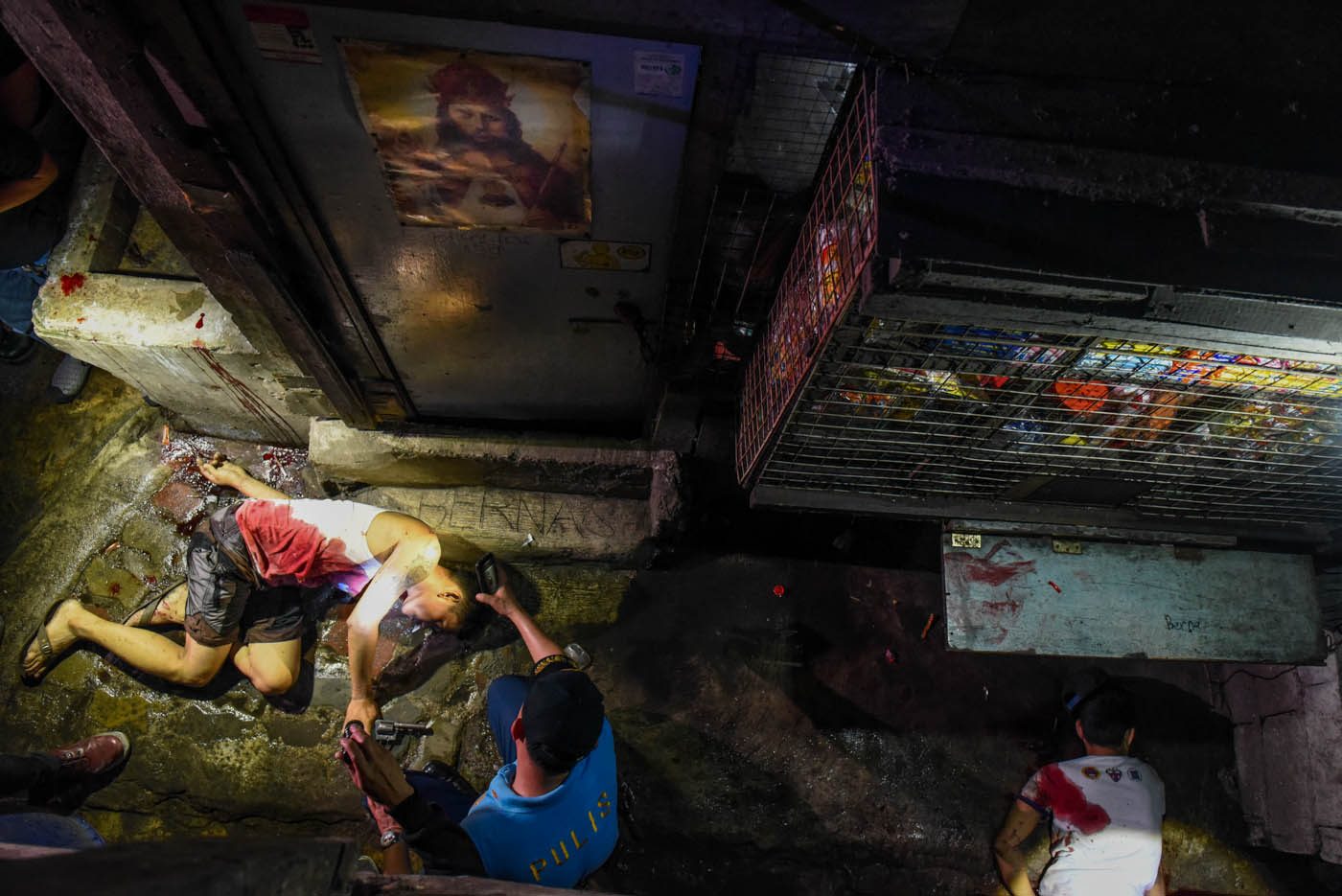
“Maganda ba ang umagang ganito (Is this kind of morning a good one)?”
Lying dead in a pool of their own blood are Police Office 3 Bobby Orit, a cop who had gone on AWOL (absence without leave) and Danilo Guevarra, alias “Kuba.”
Orit, who once worked in the Manila Police District’s Station 1 (MPD), supposedly distributed drugs in this part of the “temporary housing” compound. Guevarra was allegedly his right-hand man.
The sequence that led to their deaths is a familiar one: an undercover policeman from the MPD posed as a buyer. Kuba and the undercover operative were about to finish their transaction (worth P2,000) when the alleged drug runner supposedly noticed the gun tucked in the cop’s denim pants. “Kuba” fled, calling Orit’s attention along the way.
A quick chase around the narrow alleyways of the Aroma Compound ensued before cops finally caught up with the two and exchanged gunfire.
“Nanlaban sila (They fought back),” explained the police official who led the operation, when asked why they shot the two suspects.
It’s a common and sometimes, repetitive explanation for police operations turned bloody in President Duterte’s so-called “war on drugs” – a bloody war that has so far claimed the lives of more than 700 drug suspects.
It’s also had its apparent gains: more than 10,000 personalities arrested and over 600,000 users and pushers surrendered in massive operations around the country.
But there are casualties that may be harder to explain: police are investigating at least 1,067 drug-related, vigilante-style deaths tallied in the first month-and-a-half of the campaign.
Kill or be killed
If it were up to the police, what they want Filipinos to consider is the other side of the story: of widows and young children watching over the lifeless body of a policeman killed in a drug raid.
“Huwag ninyong hintayin na magiging ganito ang pamilya ninyo, ha (Don’t wait for this to happen to your families, okay)?” said PNP chief Director General Ronald dela Rosa, as he stood beside the grieving widow of Senior Police Officer 4 Edgar Bumagat.
In war, Dela Rosa always says, you must come prepared.
It is kill or be killed. Shoot or be shot.
But as the war intensified, victims of poor families lay dead on the streets. It is this image that has captured the attention of the world: the story, for example, of Jennilyn Olayres cradling the lifeless body of her partner, Michael Siaron, victim of an apparent summary execution.
Siaron, Olayres would tell media, was a drug user who made a living out of driving a pedicab and other odd jobs on the side. But she denied he was peddling drugs.
Duterte himself criticized the photo, which was featured on the front of pages of international newspapers like the New York Times. He slammed the media for injecting “drama” into the situation, and his throng of online supporters – toeing this line – followed with their creative attempts to discredit the photograph.
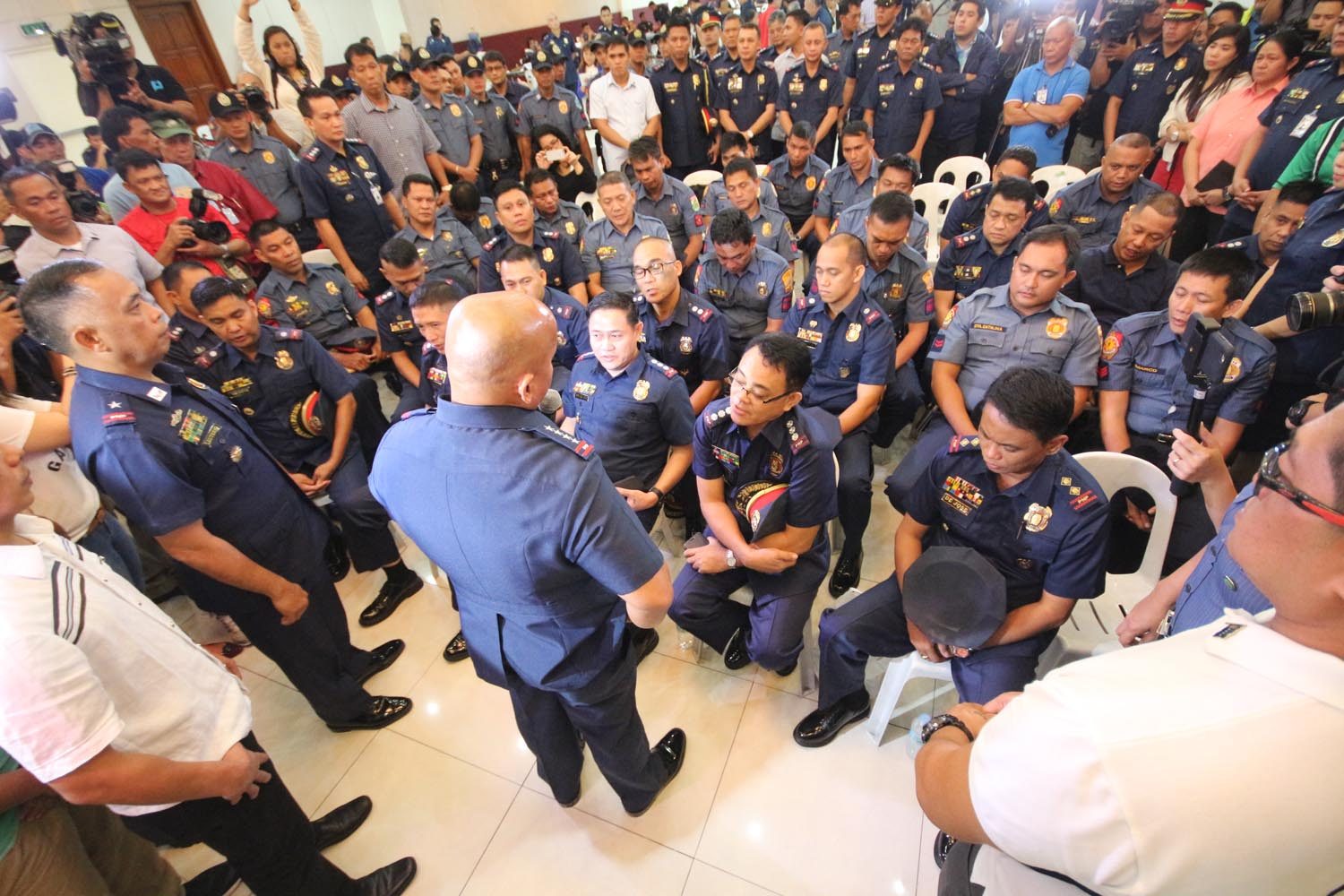
The effect on the PNP, the agency at the forefront of the “war,” was palpable. Media covering night operations noticed that some police officials had stopped accommodating them for access and information.
Policemen turned stricter in allowing photographers and videographers to take stills and footage of casualties in drug operations.
In Camp Crame, too, the pressure was felt.
Day in and day out, Dela Rosa faced questions and criticism for a war, critics have tagged as “anti-poor” and unnecessarily bloody. Philippine politicians took turns in expressing concern over a campaign that seemed to promote vigilantism and make violence the norm.
Through it all, Dela Rosa has generally kept his cool, defending his men and women from allegations of abuse and disregard for human rights.
But within Camp Crame, there is concern that isn’t always verbalized. While the promise of a war on drugs was popular among many in the 160,000-strong police force, there were some who weren’t as enthusiastic – those who’ve seen bloody, all-out “wars” against different forms of crime and criminality.
“The danger there is when you get used to killing,” a senior police official had confided even before the nationwide operations officially began on July 1.
The Philippine drug problem
The Philippine Drug Enforcement Agency (PDEA) estimates that around 3 million out of 100 million Filipinos are dependent on illegal drugs.
Duterte and Dela Rosa have described the situation as “very serious.” The Philippines, they say, is a few years away from being ruled by narcopolitics.
What happened (or didn’t happen) in the past that led to this version of the Philippines?
Dela Rosa is careful in pinning the blame on previous PNP leaders or the previous administration. “They lacked emphasis, they lacked focus,” was how he explained it in a Rappler interview.
Through the years, the illegal drug trade grew and even innovated. According to policemen privy to drug investigations, most drug lords consign their stocks to pushers. For those with enough capital, the rewards are potentially high.
According to a government report on the illegal drug trade, a capital of roughly P30,000 for raw materials and equipment can rake in up to P2 million in sales.
And there was the problem with cops themselves. Cops would hesitate to conduct anti-illegal drug operations because they were scared of the drug lords or were on their payroll.
“Before, police would be afraid to operate because if this drug lord has a direct line to a politician, then that politician would report to higher-ups in Malacañang. You’ll be relieved, you’ll find yourself out of favor… so they’re afraid,” admitted Dela Rosa.
An “internal cleanse” was among Dela Rosa’s key promises when he assumed the top Crame post on July 1, 2016. The PNP saw a major reshuffle of officials that eventually trickled down to the regions, the cities, and down to the police stations around the country.
Operatives of the PNP’s Anti-Illegal Drugs Units suspected of being involved in the drug trade themselves were unceremoniously relieved and shipped off to areas miles away from their comfort zones. And there was Duterte’s vaunted list that included cops of various ranks.
But the cleanse – and the operations – are not enough.
To date, more than 600,000 users and pushers have surrendered to police in the course of “Oplan Tukhang,” a literal “knock and plead” effort. Police think that number is too low.
The 665 drug suspects killed in operations, it seems, is also too low. Top PNP commanders were once overheard discussing the regional breakdown of drug suspects killed. One particular region was but a single digit – the joke was, the regional director was in danger of being relieved.
A high death toll is both a badge of honor and a cause of concern for commanders.
For the people on the ground, a high death toll means more work. On most nights, Scene of the Crime Operatives (SOCO), the men and women tasked to process and document crimes scenes, jump from one drug-related crime scene to other.
The homicide divisions also have their hands full. If before, cops in the homicide division could afford to doze off in the middle of their shifts, today, there’s no rest for the wicked.
This is a typical sight at a crime scene, minutes or hours after a buy-bust operation is done: Cops, typically in plain clothes, mill about the area. Some smoke a cigarette, most sip a cup of 3-in-1 coffee.
Most of them look tired, and a handful look weary, all traces of a looming 6-month deadline.
What about the vigilantes?
It is almost 4 am, and just about everyone – reporters, cameramen, photographers, and even the police – are ready to call it a night when the lifeless bodies of two women were dumped near Paco Park in Manila, a short drive away from the Manila Police District’s headquarters.
It’s the same night that Orit and Guevarra were killed in a police operation.
“One for the road,” mumbles one rather unenthusiastic cameraman as the group makes it way from Aroma Compound to Paco Park.
At around 3 that morning, a man living in a makeshift shack just outside Paco Park hear a car pull over, followed by a loud explosion. They do not dare stir until they were sure the car had gone. “Naalimpungatan kami dahil sa putok (We woke up suddenly because of the explosion),” he tells the media.
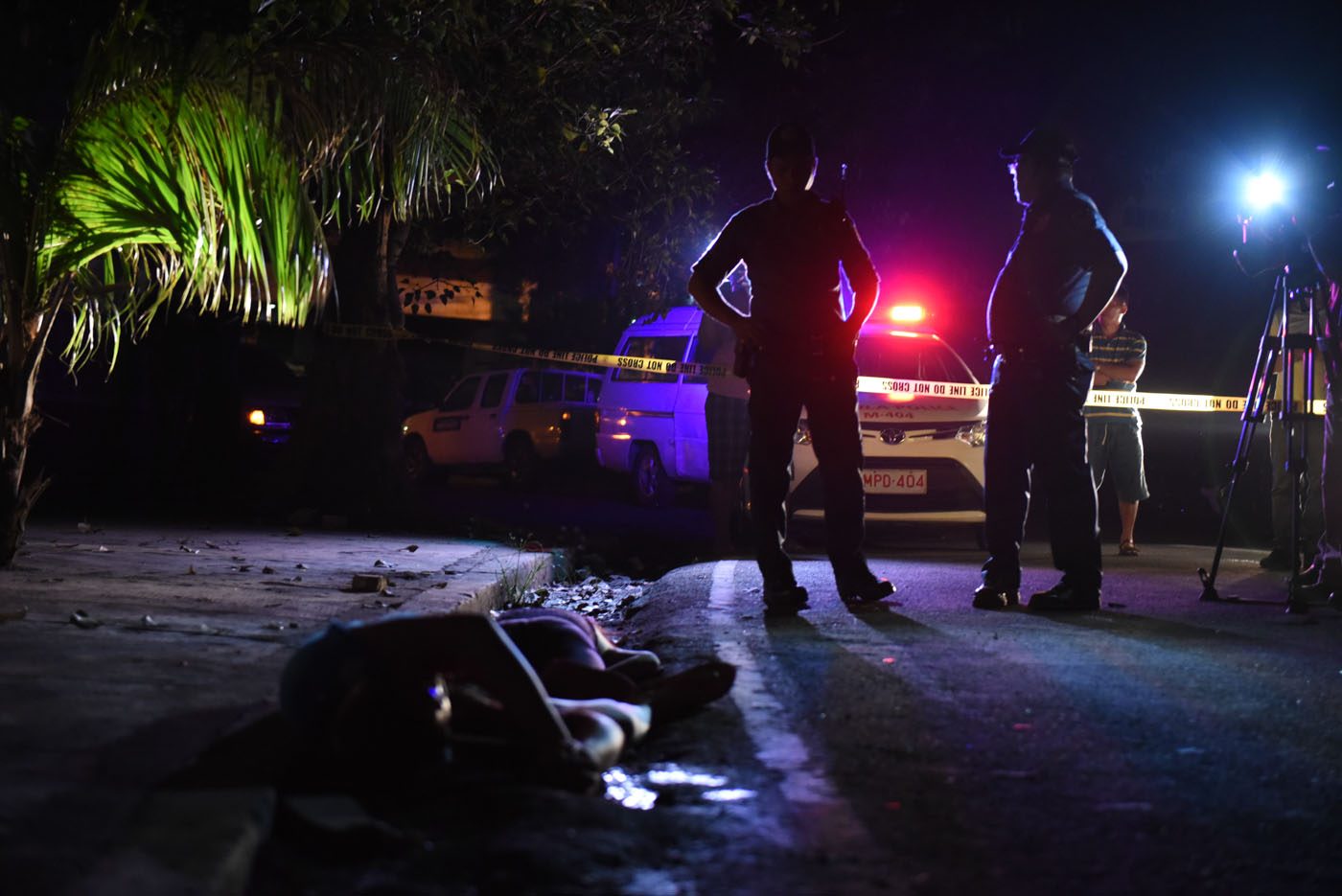
Their eyes and mouths are shut with a masking tape and their hands are tied behind their backs. Unlike most victims of apparent summary executions, the bodies have no cardboard declaring them drug pushers who should not be emulated (“Drug pusher, ‘wag tularan” in Filipino).
It takes a good 30 to 45 minutes before the SOCO team finally arrives. They had just finished processing the crime scene at Aroma Compound.
As the two bodies are documented, it’s not immediately clear if the kills were by vigilante groups or by syndicates.
What’s clear is the fear in the eyes of the man who was in the area where the killings happened. “We’re afraid,” he manages to tell media. Why? “This is the fourth time this has happened here,” he mumbles.
Around the country, some 899 drug-related, vigilante-style deaths are under investigation by police. As of the third week of August, only 22 of those cases have resulted in charges filed against suspects.
This is the brunt of the criticism police are facing: while there is no evidence to link the apparent summary executions to police themselves, the perceived inaction can be even more damning.
It doesn’t help that Duterte is seen to have endorsed extrajudicial killings.
Would the ongoing Senate investigation on the killings, which began on August 22, affect how this war is waged? After all, the same experiments in other countries have mostly been failures.
But Duterte and his men and women say the Philippines will be different.
Dela Rosa insists there’s no stopping it since they’re “winning.”
But as in any war, this one is also a battle for hearts and minds. And that battle has yet to be won. – Rappler.com
Add a comment
How does this make you feel?
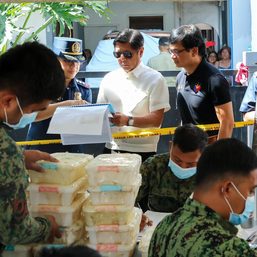
![[OPINION] ‘Some people need killing’](https://www.rappler.com/tachyon/2024/04/tl-some-people-need-killing-04172024.jpg?resize=257%2C257&crop_strategy=attention)
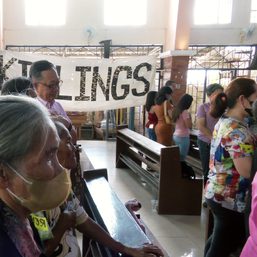
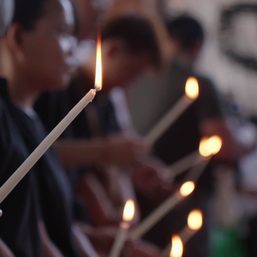
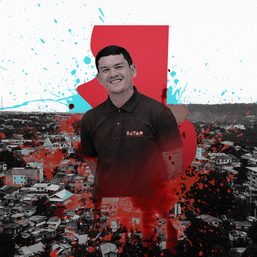

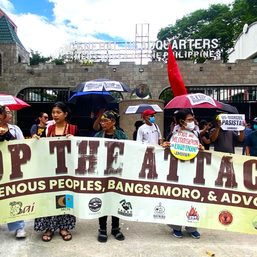

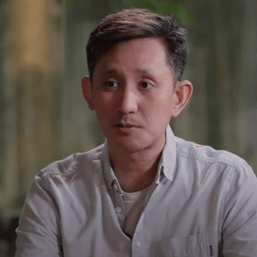
![[WATCH] Dahas Project, the team that continues to count drug war victims](https://www.rappler.com/tachyon/2024/03/dahas-project-2.jpg?resize=257%2C257&crop=404px%2C0px%2C1080px%2C1080px)
![[EDITORIAL] Sorry Arnie Teves, walang golf sa kulungan](https://www.rappler.com/tachyon/2024/03/animated-arnie-teves-arrest-carousel.jpg?resize=257%2C257&crop=310px%2C0px%2C720px%2C720px)
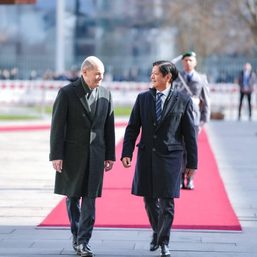

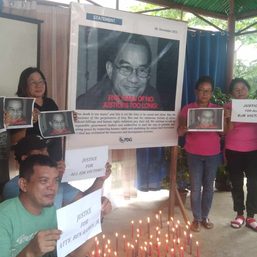
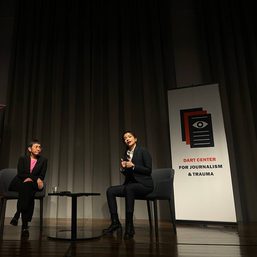

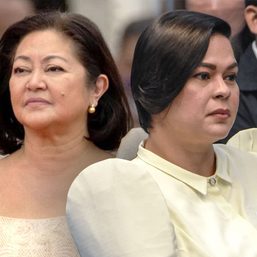
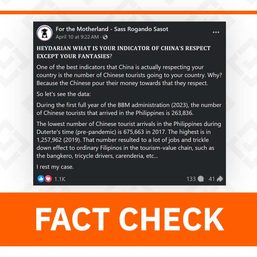
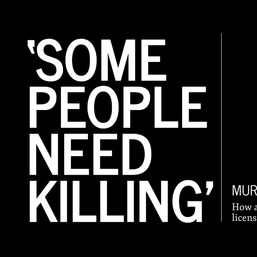

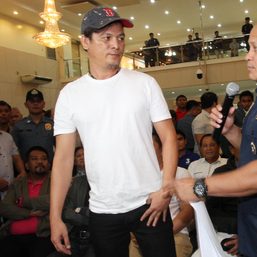
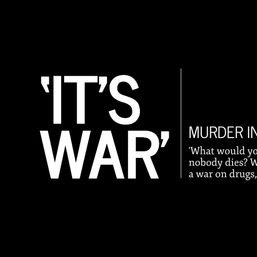
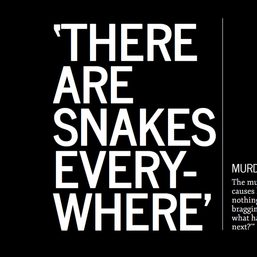
There are no comments yet. Add your comment to start the conversation.